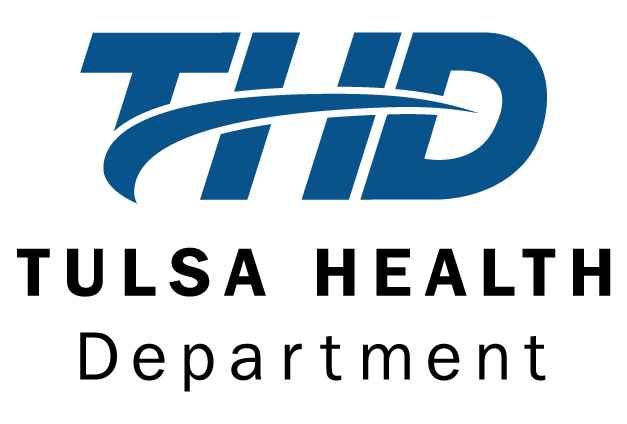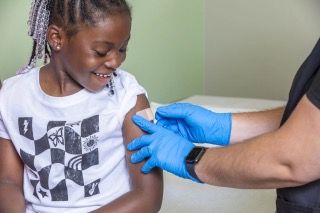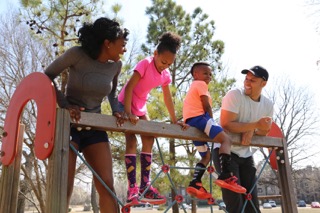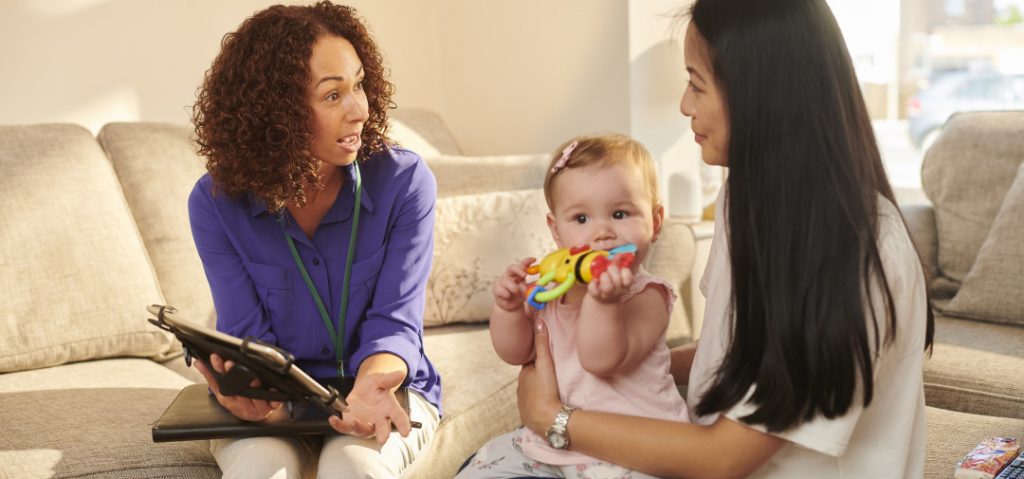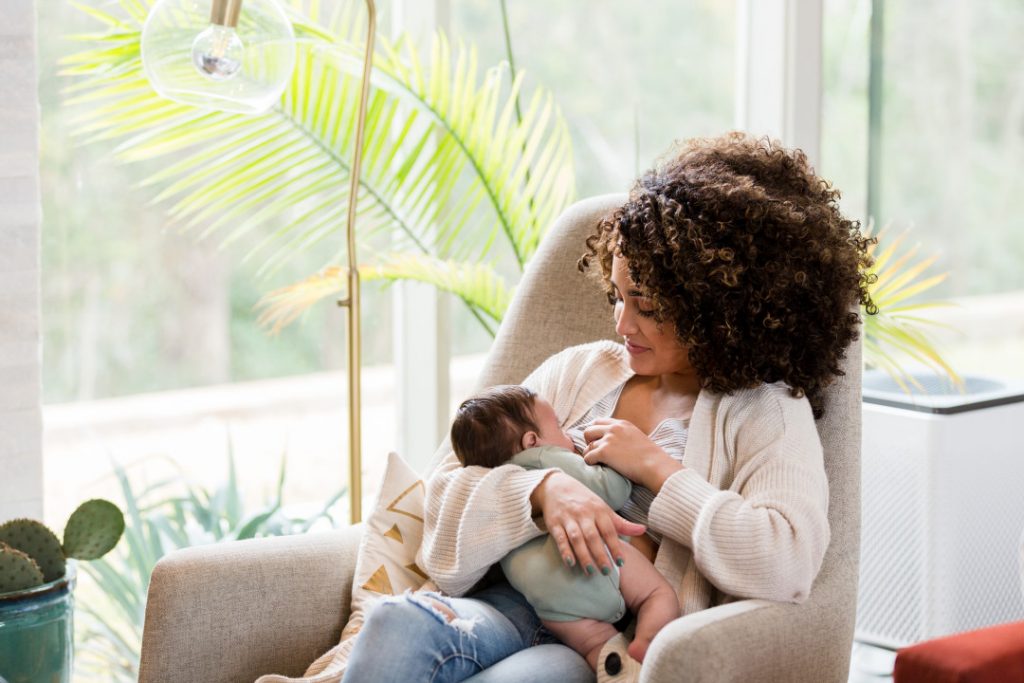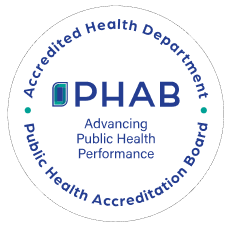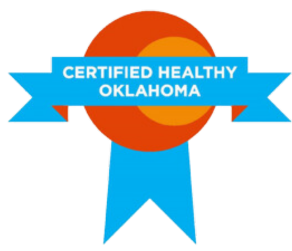Lead Hazard Control Program Application
THD can potentially remove lead hazards from your home at no cost to you. For rental properties, income qualifications are based on renter income. For owner-occupied homes, income is based on occupants.
Please fill out the request below to be contacted by our Project Manager for an application.
Lead Hazard Control Program
"*" indicates required fields
LOCATIONS
We have 10 locations across Tulsa County that offer a variety of services to help you and your family stay healthy.
